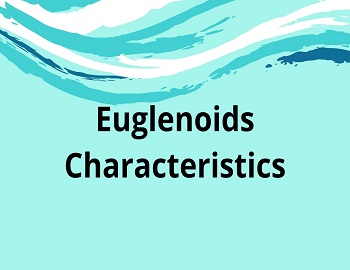What is Electrovalent Bond?
This type of bond is also referred to as an ionic bond. In the formation of an electrovalent bond between two atoms, the transference of electrons from one atom having a tendency to lose electrons to another dissimilar atom having a tendency to gain electrons takes place. As a result of this, the two atoms develop electrical charges and are referred to as ions. The atom which loses one or more electrons becomes a positively charged ion is called a cation while the atom which gains one or more electrons becomes a negatively charged ion and is known as an anion. The two oppositely charged ions so formed are then held together by the electrostatic force of attraction giving rise to the formation of a molecule. This phenomenon is referred to as Electrovalency and the compound so formed is known as an electrovalent compound.
An electrovalent bond is usually formed between the metals (which lose electrons) and the non-metals (which gain electrons). As a typical instance of electrovalent bond formation is the combination of sodium and chlorine giving rise to the production of an electrovalent compound, sodium chloride. Sodium (a metallic atom) combines with chlorine (a non-metallic atom) to form an electrovalent compound, sodium chloride. The sodium atom has one electron more than the nearest inert gas neon in its outer shell and so has a tendency to lose it while chlorine atom has one electron less than the nearest inert gas argon and so has a tendency to gain it. In this way, the metallic atom becomes a positively charged particle by losing one electron while the non-metallic atom becomes a negatively charged particle by gaining an electron. These oppositely charged particles referred to as ions are then held together by the force of electrostatic attraction giving rise to the formation of sodium chloride molecule.
Characteristics of Electrovalent Compounds:
The electrovalent compounds exhibit the important characteristics as under-
- Crystalline Nature- The electrovalent compounds, in general, are crystalline in nature. They are made up of positively and negatively charged ions held together by electrostatic forces of attraction in a crystal lattice. Example- sodium chloride, copper sulfate, potash alum etc.
- High melting and boiling points- The electrovalent compounds have high melting and boiling points due to strong electrostatic forces of attraction holding the ions together.
- Solubility- The electrovalent compounds are generally soluble in water and other solvents.
- Electrical Conductivity- In a molten state or in aqueous solution, the electrovalent compounds conduct electric current. They are good conductors of electricity owing to the presence of ions which act as carriers of electric current.
- Space Isomerism- In these compounds, the electrovalent linkage or bond is non-rigid and non-directional. Thus, electrovalent compounds cannot exhibit the phenomenon of space isomerism.
Stability: The electrovalent compounds are stable towards heat owing to the presence of powerful electrostatic forces of attraction holding the constituent atoms together.









Comments (No)